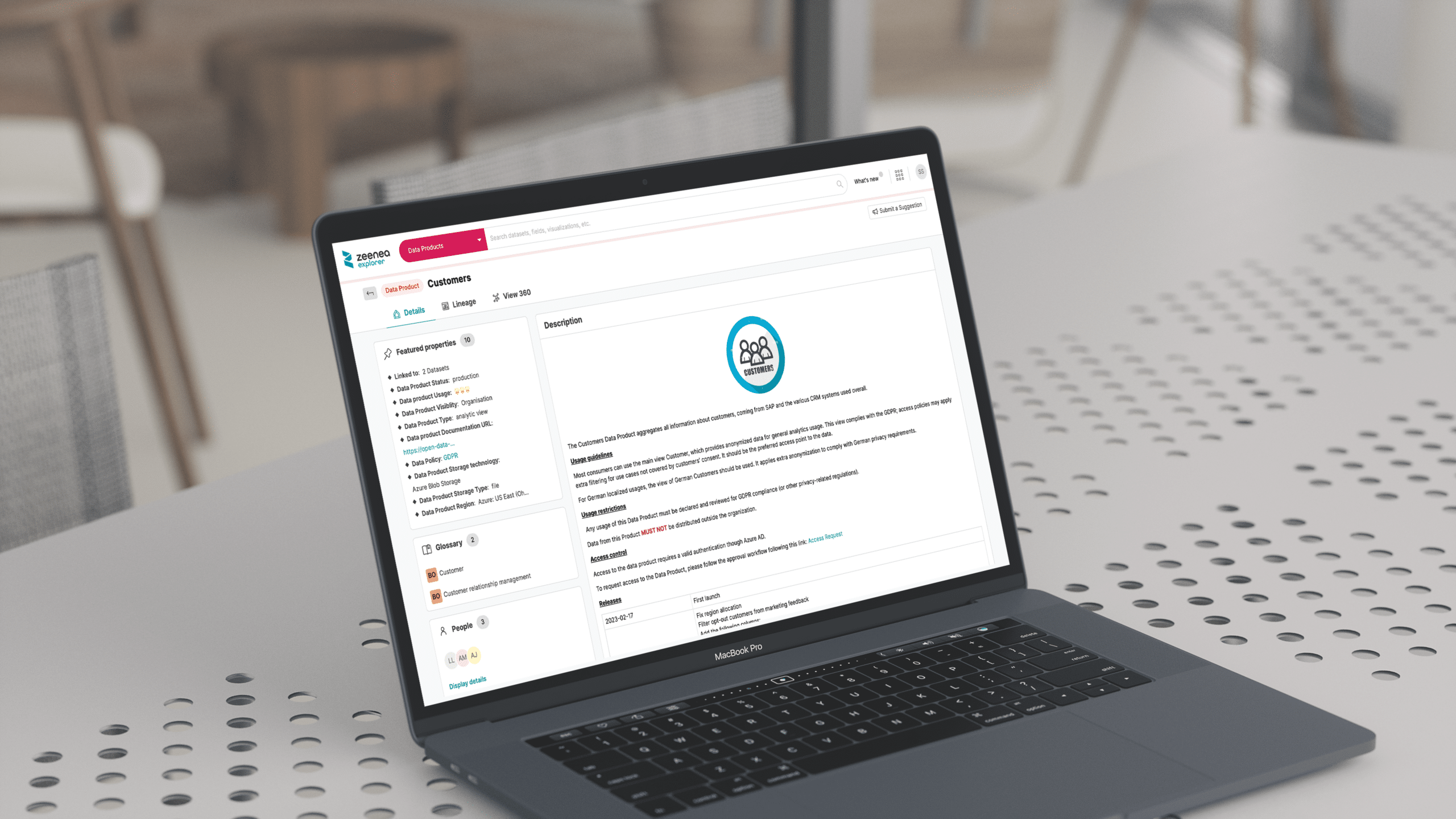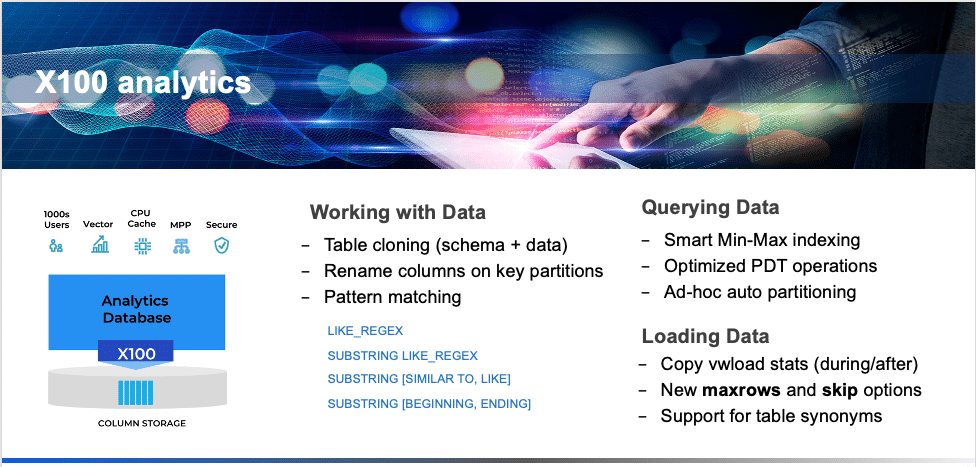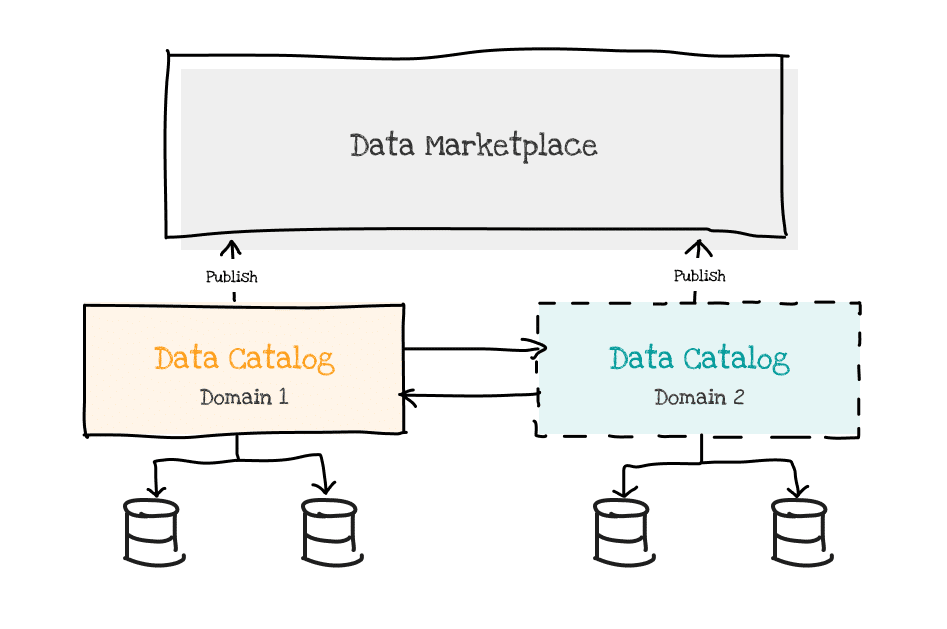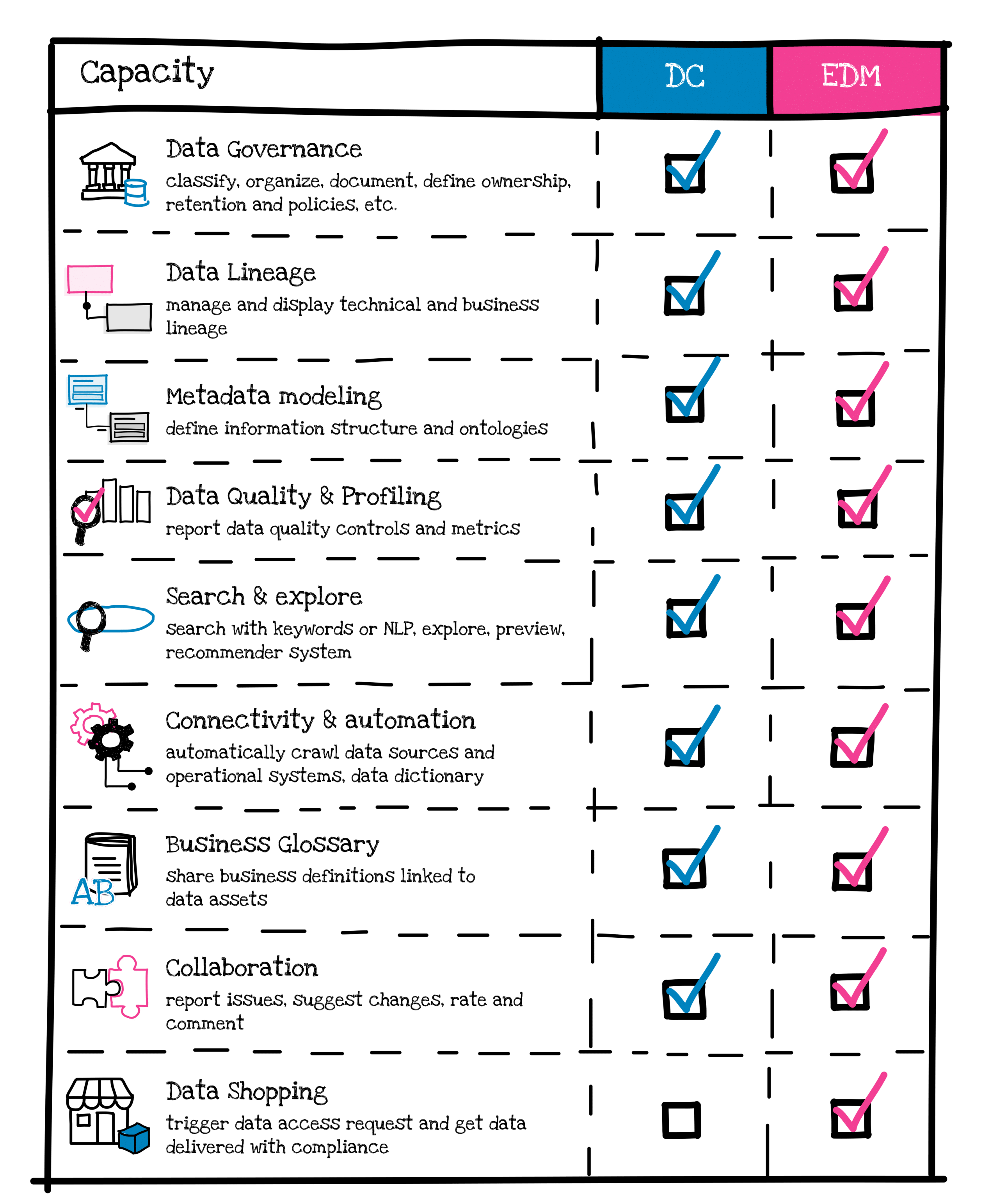The Rise of Embedded Databases in the Age of IoT
Kunal Shah
June 24, 2024

The Internet of Things (IoT) is rapidly transforming our world. From smart homes and wearables to industrial automation and connected vehicles, billions of devices are now collecting and generating data. According to a recent analysis, the number of Internet of Things (IoT) devices worldwide is forecasted to almost double from 15.1 billion in 2020 to more than 29 billion IoT devices in 2030. This data deluge presents both challenges and opportunities, and at the heart of it all lies the need for efficient data storage and management – a role increasingly filled by embedded databases.
Traditional Databases vs. Embedded Databases
Traditional databases, designed for large-scale enterprise applications, often struggle in the resource-constrained environment of the IoT. They require significant processing power, memory, and storage, which are luxuries most IoT devices simply don’t have. Additionally, traditional databases are complex to manage and secure, making them unsuitable for the often-unattended nature of IoT deployments.
Embedded databases, on the other hand, are specifically designed for devices with limited resources. They are lightweight, have a small footprint, and require minimal processing power. They are also optimized for real-time data processing, crucial for many IoT applications where decisions need to be made at the edge, without relaying data to a cloud database.
Why Embedded Databases are Perfect for IoT and Edge Computing
Several key factors make embedded databases the ideal choice for IoT and edge computing:
- Small Footprint: Embedded databases require minimal storage and memory, making them ideal for devices with limited resources. This allows for smaller form factors and lower costs for IoT devices.
- Low Power Consumption: Embedded databases are designed to be energy-efficient, minimizing the power drain on battery-powered devices, a critical concern for many IoT applications.
- Fast Performance: Real-time data processing is essential for many IoT applications. Embedded databases are optimized for speed, ensuring timely data storage, retrieval, and analysis at the edge.
- Reliability and Durability: IoT devices often operate in harsh environments. Embedded databases are designed to be reliable and durable, ensuring data integrity even in case of power failures or device malfunctions.
- Security: Security is paramount in the IoT landscape. Embedded databases incorporate robust security features to protect sensitive data from unauthorized access.
- Ease of Use: Unlike traditional databases, embedded databases are designed to be easy to set up and manage. This simplifies development and deployment for resource-constrained IoT projects.
Building complex IoT apps shouldn’t be a headache. Let us show you how our embedded edge database can simplify your next IoT project.
Benefits of Using Embedded Databases in IoT Applications
The advantages of using embedded databases in IoT applications are numerous:
- Improved Decision-Making: By storing and analyzing data locally, embedded databases enable real-time decision making at the edge. This reduces reliance on cloud communication and allows for faster, more efficient responses.
- Enhanced Functionality: Embedded databases can store device configuration settings, user preferences, and historical data, enabling richer functionality and a more personalized user experience.
- Reduced Latency: Processing data locally eliminates the need for constant communication with the cloud, significantly reducing latency and improving responsiveness.
- Offline Functionality: Embedded databases allow devices to function even when disconnected from the internet, ensuring uninterrupted operation and data collection.
- Cost Savings: By reducing reliance on cloud storage and processing, embedded databases can help lower overall operational costs for IoT deployments.
Use Cases for Embedded Databases in IoT
Embedded databases are finding applications across a wide range of IoT sectors, including:
- Smart Homes: Embedded databases can store device settings, energy usage data, and user preferences, enabling intelligent home automation and energy management.
- Wearables: Fitness trackers and smartwatches use embedded databases to store health data, activity logs, and user settings.
- Industrial Automation: Embedded databases play a crucial role in industrial IoT applications, storing sensor data, equipment settings, and maintenance logs for predictive maintenance and improved operational efficiency.
- Connected Vehicles: Embedded databases are essential for connected car applications, storing vehicle diagnostics, driver preferences, and real-time traffic data to enable features like self-driving cars and intelligent navigation systems.
- Asset Tracking: Embedded databases can be used to track the location and condition of assets in real-time, optimizing logistics and supply chain management.
The Future of Embedded Databases in the IoT
As the IoT landscape continues to evolve, embedded databases are expected to play an even more critical role. Here are some key trends to watch:
- Increased Demand for Scalability: As the number of connected devices explodes, embedded databases will need to be scalable to handle larger data volumes and more complex workloads.
- Enhanced Security Features: With growing security concerns in the IoT, embedded databases will need to incorporate even more robust security measures to protect sensitive data.
- Cloud Integration: While embedded databases enable edge computing, there will likely be a need for seamless integration with cloud platforms for data analytics, visualization, and long-term storage.
The rise of the IoT has ushered in a new era for embedded databases. Their small footprint, efficiency, and scalability make them the perfect fit for managing data at the edge of the network. As the IoT landscape matures, embedded databases will continue to evolve, offering advanced features, enhanced security, and a seamless integration with cloud platforms.
At Actian, we help organizations run faster, smarter applications on edge devices with our lightweight, embedded database – Actian Zen. And, with the latest release of Zen 16.0, we are committed to helping businesses simplify edge-to-cloud data management, boost developer productivity and build secure, distributed IoT applications.
Additional Resources:
- [Datasheet] Actian Zen – Embedded Database for the Intelligent Edge.
- Read the Actian Zen 16.0 Launch Blog for more detailed information about the latest release.
Subscribe to the Actian Blog
Subscribe to Actian’s blog to get data insights delivered right to you.
- Stay in the know – Get the latest in data analytics pushed directly to your inbox.
- Never miss a post – You’ll receive automatic email updates to let you know when new posts are live.
- It’s all up to you – Change your delivery preferences to suit your needs.





















